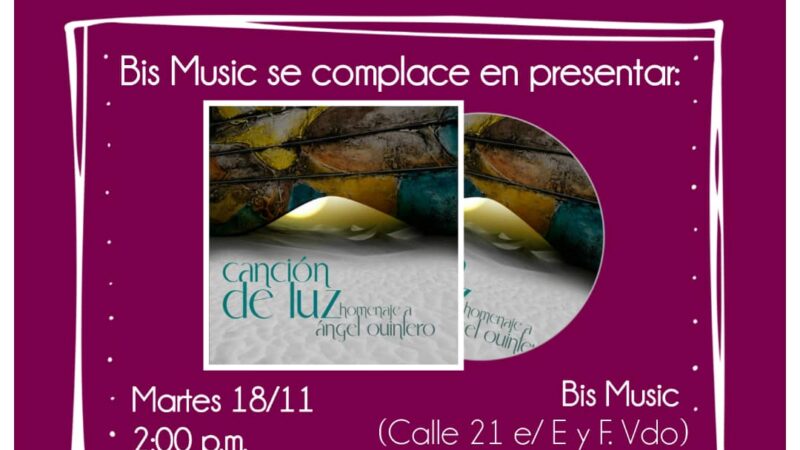National Capitol of Cuba: A Symbol of the Nation’s Will
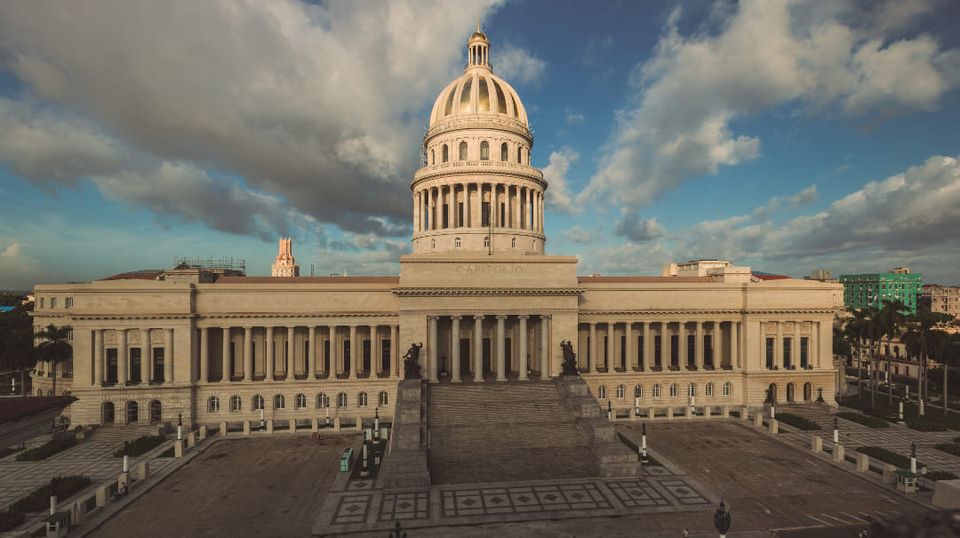
For 95 years, the National Capitol of Cuba has stood majestically and imposingly in the Historic Center of Havana, carrying with it an intense history interwoven with the complexities of the country’s republican political life. It was inaugurated on Tuesday, October 8, before numerous guests and government dignitaries, led by then-President Gerardo Machado (1871-1939).
Jubilant Havana residents, gathered around the site, gazed in awe at the completed architectural marvel, whose three-year construction had captured the attention of every passerby in the area, particularly for the beauty of its Renaissance-style dome.
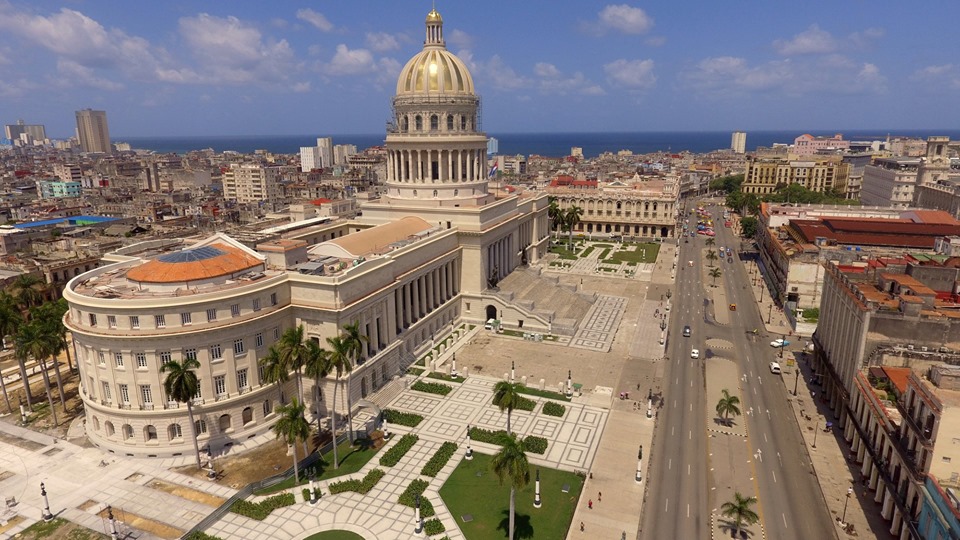
In 2019, ninety years later, and in celebration of Havana’s 500th anniversary, the restoration of this monumental work was completed. The project had a profound urban and symbolic impact, with the Capitol’s distinctive dome, a key feature of Havana’s skyline, now shining with a renewed and resplendent glow—an outcome of the Cuban government’s political will and the relentless efforts of the Office of the City Historian, led by Dr. Eusebio Leal Spengler.
The scale and figures that accompanied its construction in the 1920s are colossal, as are the efforts to restore it and bring it back to its former grandeur. For Leal, the driving force behind Havana’s heritage rehabilitation, it was the restoration of a magnificent structure, full of intricate details—not only in the dome but also in the Hall of the Lost Steps, the Statue of the Republic, and the precious stone that replaced the original diamond, marking Kilometer Zero of the Central Highway.
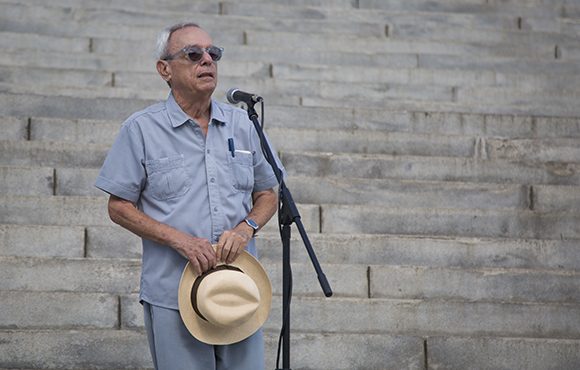
Ultimately, it was a project where all elements needed to be preserved—numerous and diverse: precious woods, bronze, marble, and seamless terrazzo, all of the highest quality. At the same time, all existing systems and embedded elements had to be conserved and adapted for reuse in the new installations. Leal, with the profound emotion that his homeland and Havana inspired in him, devoted himself fully to the task, alongside a team of renowned architects and engineers.
For the pride of Cuba, as Leal himself acknowledged, «that painstaking and arduous restoration work is a symbol of the nation’s determination to protect its past.»
All of this was done with the utmost respect for the original design, conceived nine decades ago and throughout the project’s development, as the construction of Havana’s Capitol faced continuous technical challenges. These challenges prompted the technical team to devise solutions to reduce weight and save time, though the supervision and documentation of the project almost always fell to the Cuban Ministry of Public Works and its delegates at the time.
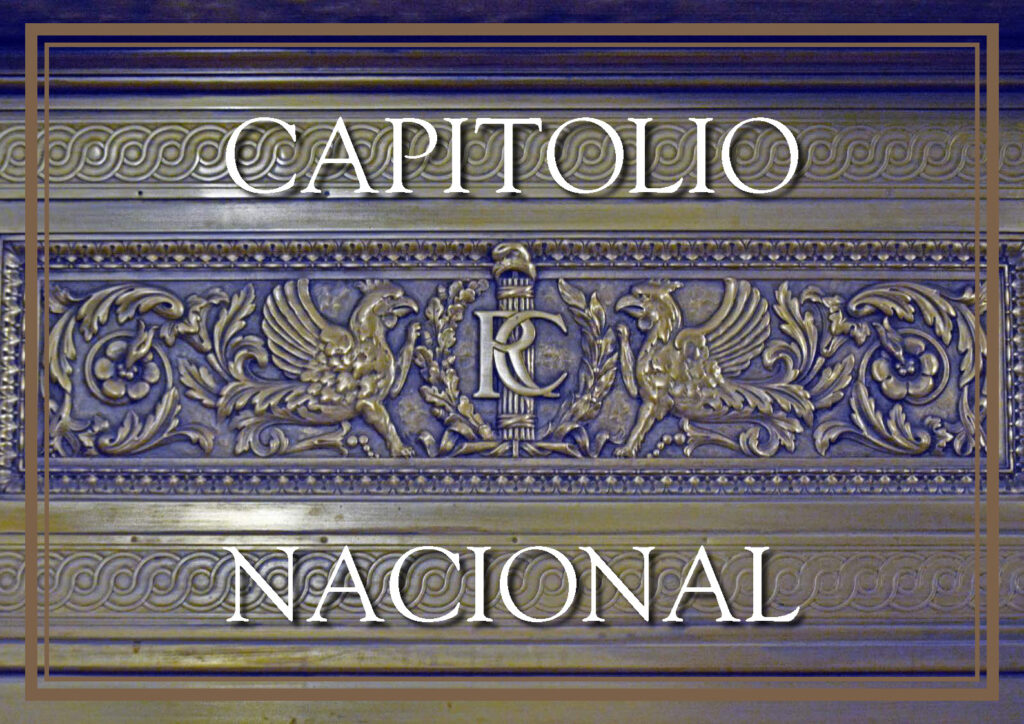
On this 95th anniversary of the Capitol, it feels as though Leal himself still walks its halls and stairways, as a dedicated Cuban, a patriot, just and sincere, an achiever of the impossible—just as he was throughout his life. Today’s tribute is dedicated to him, for within the Capitol, his legacy, his dedication, his ideas, and his sense of beauty and goodness are enshrined.
On this day, Leal would have graced us with his eloquent words, paying new tributes to that colossal work, as well as to all of Havana, urging us to protect every inch of the city and its restoration as a valuable testimony to the country we designed in the past, rebuild in the present, and preserve for the future.
Translated by Luis E. Amador Dominguez



